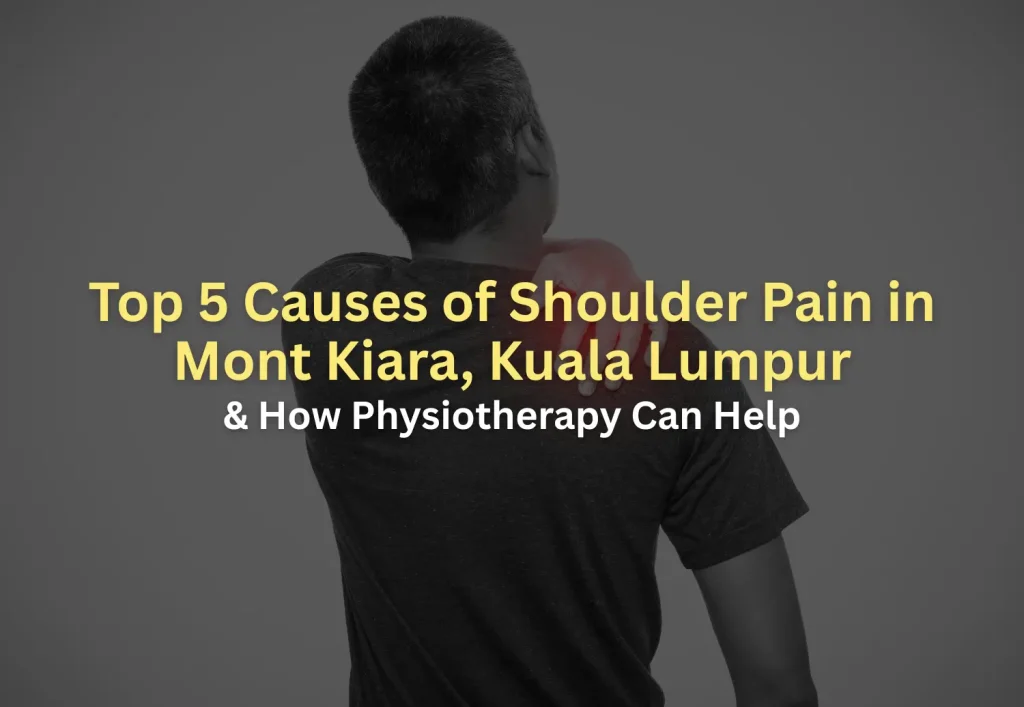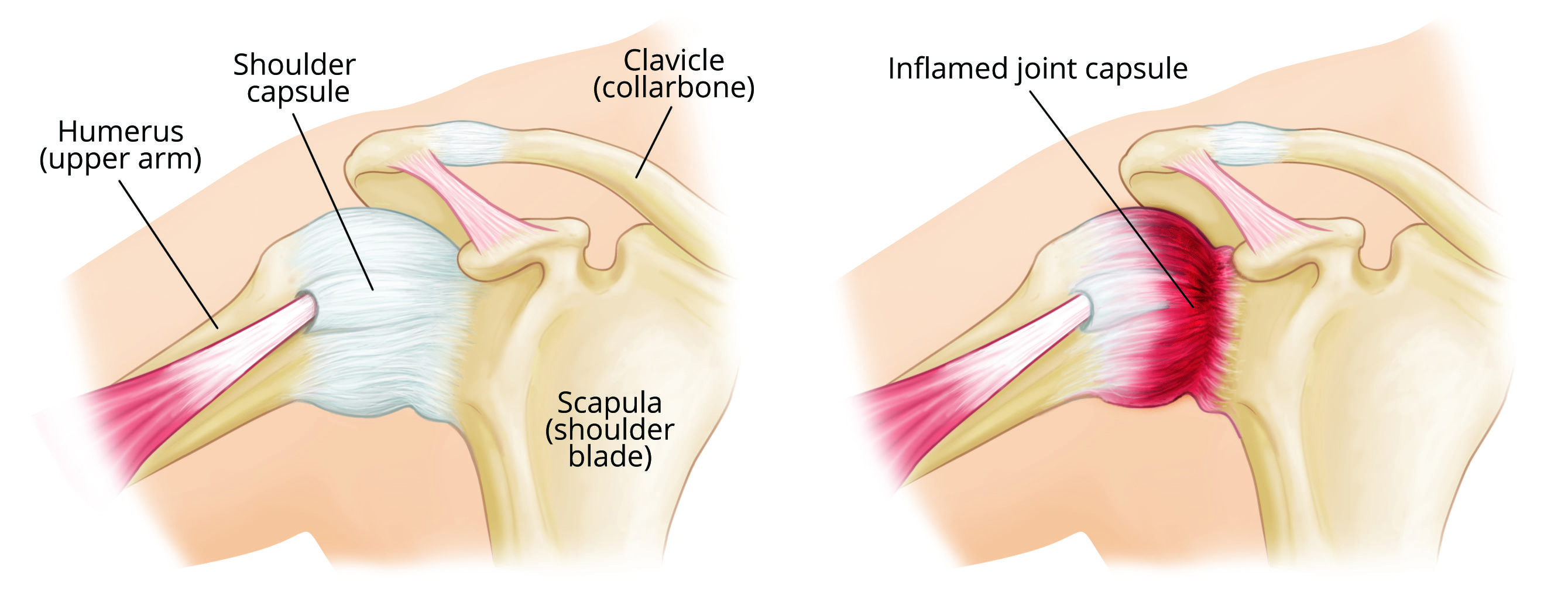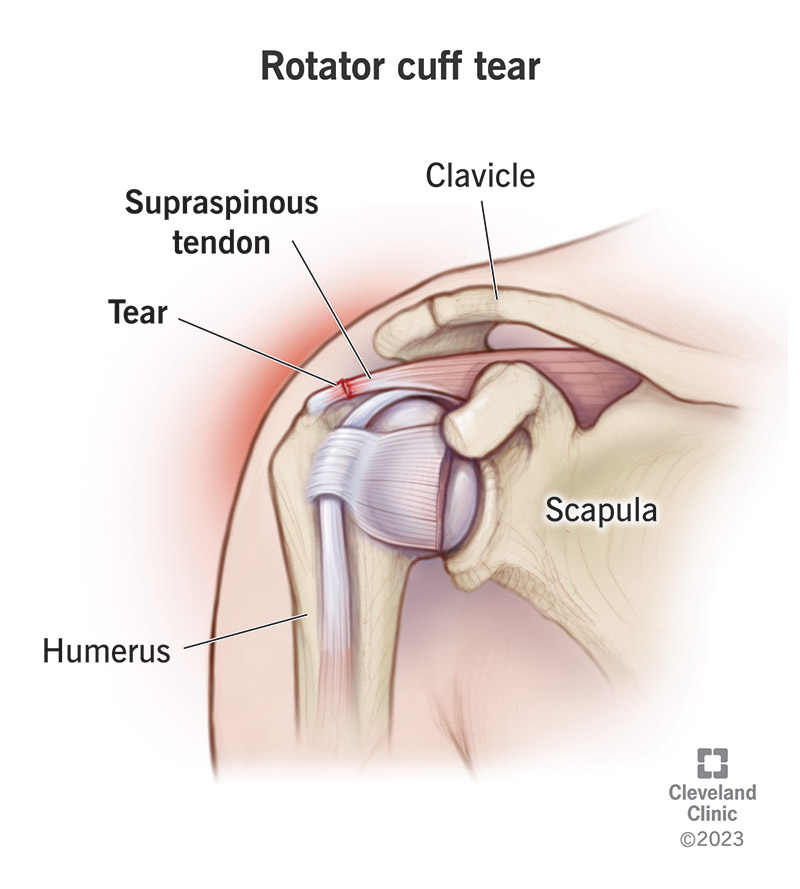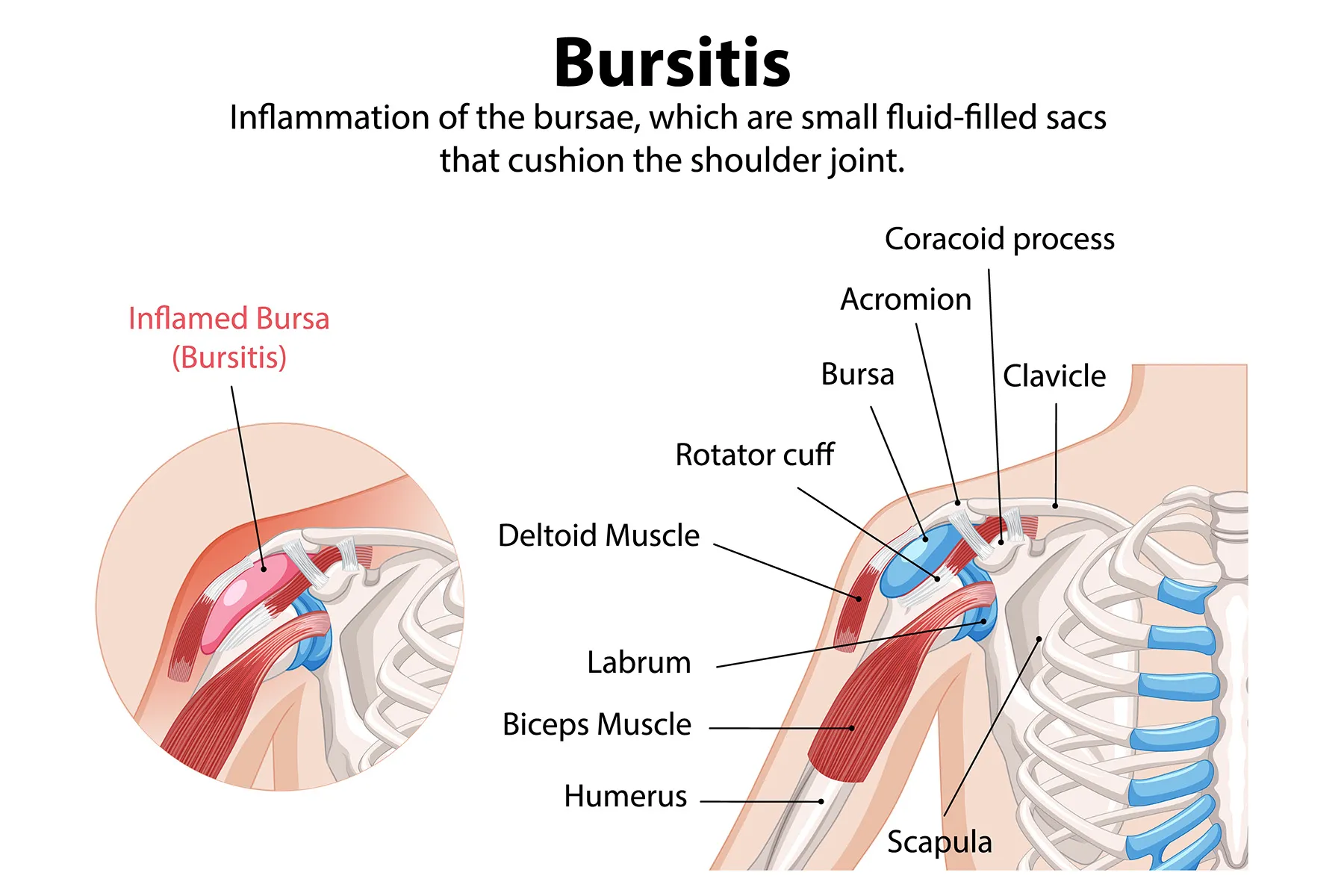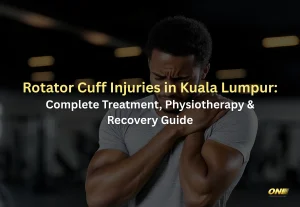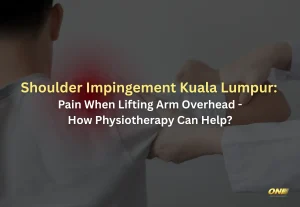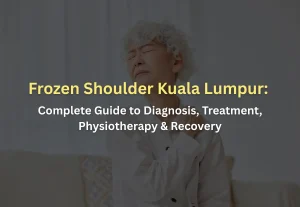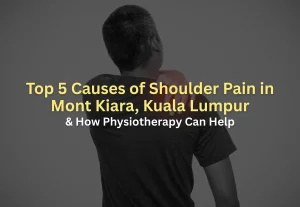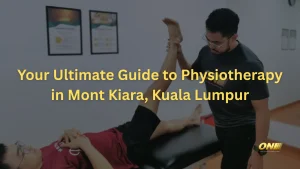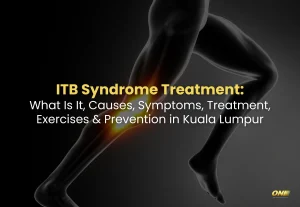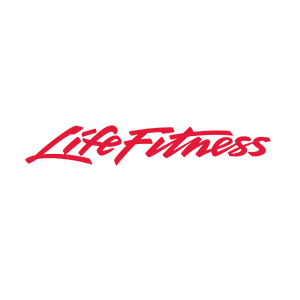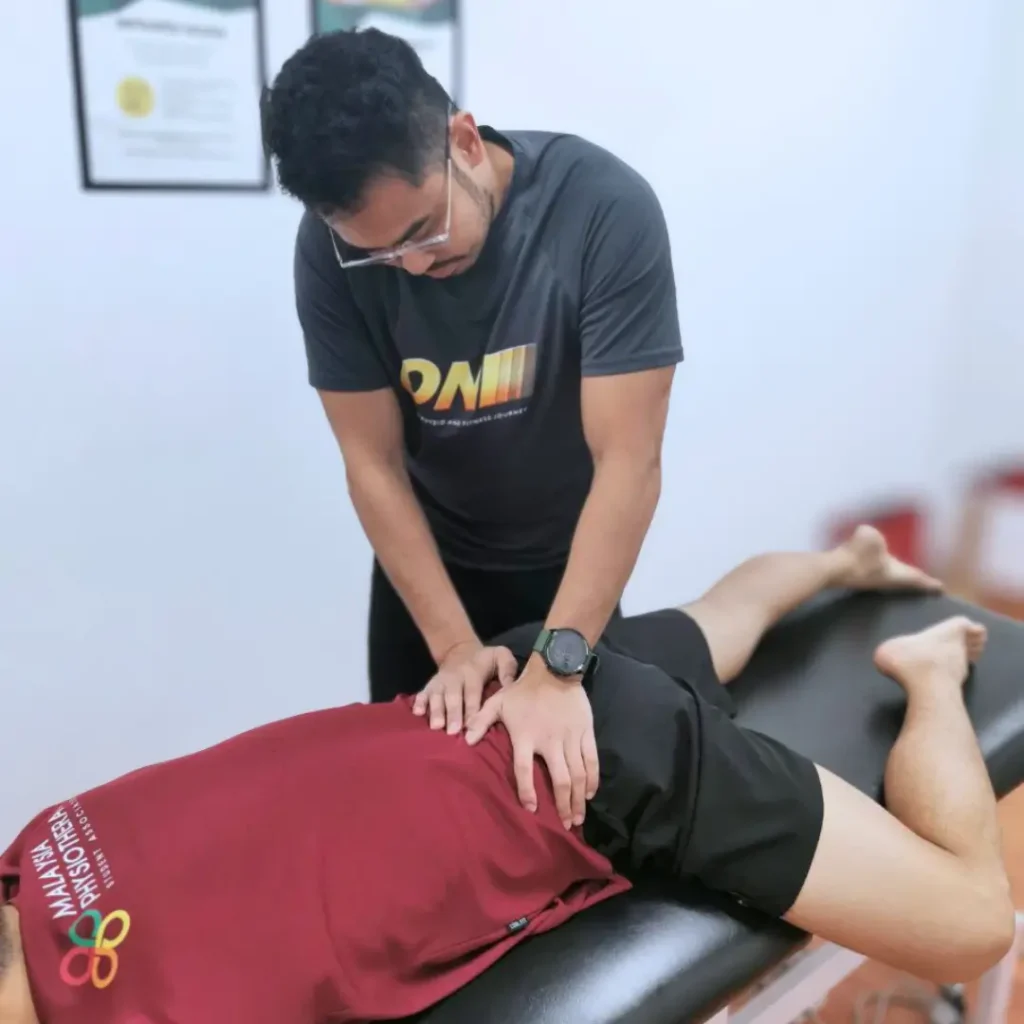Table of Contents
Introduction
You reach up to grab something from the top shelf, and suddenly, sharp pain shoots through your shoulder. Or maybe you’ve been waking up with a dull ache that just won’t go away. Sound familiar?
You’re not alone. Shoulder pain affects millions of people worldwide, and here in Kuala Lumpur, we see it every day at our center. Whether you’re working long hours at a desk in Mont Kiara or staying active with sports, shoulder problems can seriously disrupt your daily life.
The good news? Most shoulder pain can be treated effectively with the right physiotherapy approach. At ONI Physio Fitness in Mont Kiara, we’ve helped hundreds of patients get back to pain-free movement, and we’re here to help you understand what might be causing your discomfort.
Let’s walk through the five most common causes of shoulder pain and how we can help you recover.
Top 5 Causes of Shoulder Pain in Mont Kiara, Kuala Lumpur
Frozen Shoulder (Adhesive Capsulitis)
Frozen shoulder feels exactly like it sounds. Your shoulder gradually becomes stiff and painful, as if it’s literally freezing up. You might notice you can’t reach behind your back to tuck in your shirt, or lifting your arm to wave becomes difficult.
This condition typically happens to people between 40 and 60 years old, and we see it frequently in our Mont Kiara center among office workers who maintain the same posture for hours. Women are slightly more likely to develop it, and if you have diabetes or thyroid issues, your risk increases.
How long does recovery take?
With proper physiotherapy treatment, most people see significant improvement within 12 to 18 months. Without treatment, it can drag on much longer, sometimes up to three years.
How we treat frozen shoulder at ONI Physio Fitness?
We combine several techniques to get your shoulder moving again:
- Manual therapy: We use hands-on techniques to gently mobilize your shoulder joint, gradually increasing your range of motion
- Active exercise therapy: We’ll guide you through specific movements that progressively restore your mobility without forcing it
What you can do at home:
- Try gentle pendulum exercises daily. Let your arm hang and swing it in small circles
- Apply heat before stretching (a warm shower works great)
- Stay consistent with your stretches, even when progress feels slow
- Be patient. Frozen shoulder heals in stages, and pushing too hard can set you back
Rotator Cuff Injuries
Your rotator cuff is a group of four muscles and tendons that wrap around your shoulder joint, keeping everything stable. When these get injured, whether from a tear, strain, or tendinitis, you’ll feel pain, especially when lifting your arm or reaching overhead.
These injuries happen from various causes: sports activities (especially tennis, swimming, or weightlifting), repetitive overhead work, or simply aging. Sometimes it’s a sudden injury, other times it develops gradually from years of wear and tear.
How long does recovery take?
Minor strains typically heal in 6 to 12 weeks with physiotherapy. Partial tears need more time, usually 3 to 6 months of dedicated treatment and exercises.
How we treat rotator cuff injuries at ONI Physio Fitness?
At ONI Physio Fitness, we take a comprehensive approach to rotator cuff injuries:
- Manual therapy: We work on releasing muscle tension and improving shoulder mobility through specialized hands-on techniques
- Progressive strengthening: We start with gentle exercises and gradually build up your rotator cuff strength to prevent re-injury
What you can do at home?
- Sleep on your uninjured side. Lying on the affected shoulder will slow healing
- Adjust your workspace to avoid reaching overhead frequently
- Stop any activities that involve heavy lifting until your physiotherapist gives the green light
- Use ice packs after activity to manage inflammation
Shoulder Impingement Syndrome
Imagine the space in your shoulder joint getting squeezed every time you lift your arm. That’s impingement. When the tendons in your shoulder get pinched between bones during movement, it causes pain, especially when you reach up or out to the side.
If you swim regularly, play badminton, or spend hours hunched over a computer in your KL office, you’re at higher risk. Poor posture is actually one of the biggest culprits we see in Mont Kiara’s office workers.
How long does recovery take?
Mild impingement responds quickly, usually 3 to 6 weeks of treatment. Chronic cases that have developed over months or years need more attention, typically 3 to 4 months to fully resolve.
How we treat shoulder impingement at ONI Physio Fitness?
We focus on creating more space in your shoulder joint and correcting the movement patterns that caused the problem:
- Manual therapy: Joint mobilization techniques help restore proper shoulder mechanics and reduce pinching
- Active exercise therapy: Strengthening your shoulder blade muscles is crucial. They control how your shoulder moves
What you can do at home?
- Check your posture throughout the day. Shoulders back, chest open
- Set up your computer screen at eye level so you’re not slouching forward
- Take breaks every 30 minutes to stretch and reset your posture
- Practice shoulder blade squeezes regularly to build supporting strength
Shoulder Bursitis
Between your bones and tendons are small, fluid-filled sacs called bursae that act as cushions. When these get inflamed, usually from repetitive movements or a sudden injury, you develop bursitis. The pain is often sharp and gets worse with movement.
Bursitis commonly develops from repetitive activities like painting, gardening, or sports that involve overhead motions. Sometimes it happens after a fall or direct impact to the shoulder.
How long does recovery take?
With proper treatment and adequate rest, most cases of shoulder bursitis heal in 2 to 6 weeks.
How we treat shoulder bursitis at ONI Physio Fitness?
The key is reducing inflammation while maintaining some movement:
- Manual therapy: We address muscle tension around the shoulder that may be contributing to the inflammation
- Exercises: Gentle, controlled movements that promote healing without irritating the inflamed bursa
- Activity modification: We help you identify and adjust the activities that triggered the bursitis
What you can do at home?
- Avoid the specific movement that caused the problem (at least temporarily)
- Keep your shoulder mobile with gentle range-of-motion exercises
- Don’t completely rest. Some movement is important for recovery
Poor Posture and Muscle Imbalances
Let’s talk about something incredibly common in Kuala Lumpur: tech neck and desk-related shoulder pain. When you spend hours leaning forward to look at screens, your chest muscles get tight, your upper back gets weak, and your shoulders start to round forward. Over time, this creates pain and dysfunction.
This isn’t a specific injury. It’s a gradual imbalance that develops from how we live and work. But here’s the thing: it’s completely fixable.

How long does recovery take?
With consistent attention to posture and targeted exercises, most people notice significant improvement in 4 to 8 weeks.
How we treat posture-related shoulder pain at ONI Physio Fitness?
We assess your whole body to understand why the imbalance developed:
- Postural assessment: We identify exactly which muscles are tight and which are weak
- Manual therapy: Releases tight muscles in your chest and neck that are pulling your shoulders forward
- Active exercise therapy: Strengthens the weak muscles in your upper back and rotator cuff
- Ergonomic education: We show you how to set up your workspace properly and maintain good posture throughout the day
What you can do at home?
- Adjust your desk setup. Monitor at eye level, elbows at 90 degrees, feet flat on the floor
- Set a timer to stretch every hour (seriously, it makes a huge difference)
- Focus on strengthening your upper back with rows and shoulder blade exercises
- Practice awareness. Notice when you’re slouching and correct it
How Physiotherapy Helps Shoulder Pain
Regardless of the underlying condition, physiotherapy plays a critical role in managing shoulder pain effectively. A physiotherapy program is designed not only to relieve symptoms but also to address the root cause, restore normal movement patterns, and prevent recurrence.
Physiotherapy treatment typically includes:
- Comprehensive assessment to identify the source of pain, contributing factors, and movement impairments.
- Manual therapy to reduce muscle tension, improve joint mobility, and address soft tissue restrictions.
- Exercise therapy to strengthen weak muscles, improve flexibility, and enhance shoulder stability.
- Education on posture, ergonomics, and movement strategies to support long-term recovery.
Each program is tailored to the individual’s condition, lifestyle, and recovery goals.
The ONI Physio Fitness Holistic Approach For Shoulder Treatment
At ONI Physio Fitness, we take a root-cause approach to treating shoulder pain. Our physiotherapists are experienced in diagnosing and managing a wide range of shoulder conditions through a combination of clinical expertise and evidence-based practice.
Here’s how we help:
1. Detailed Assessment
We begin with a thorough physical examination to identify the specific structures involved, movement limitations, and contributing lifestyle factors. We use functional tests, joint palpation, and movement analysis.
2. Manual Treatment
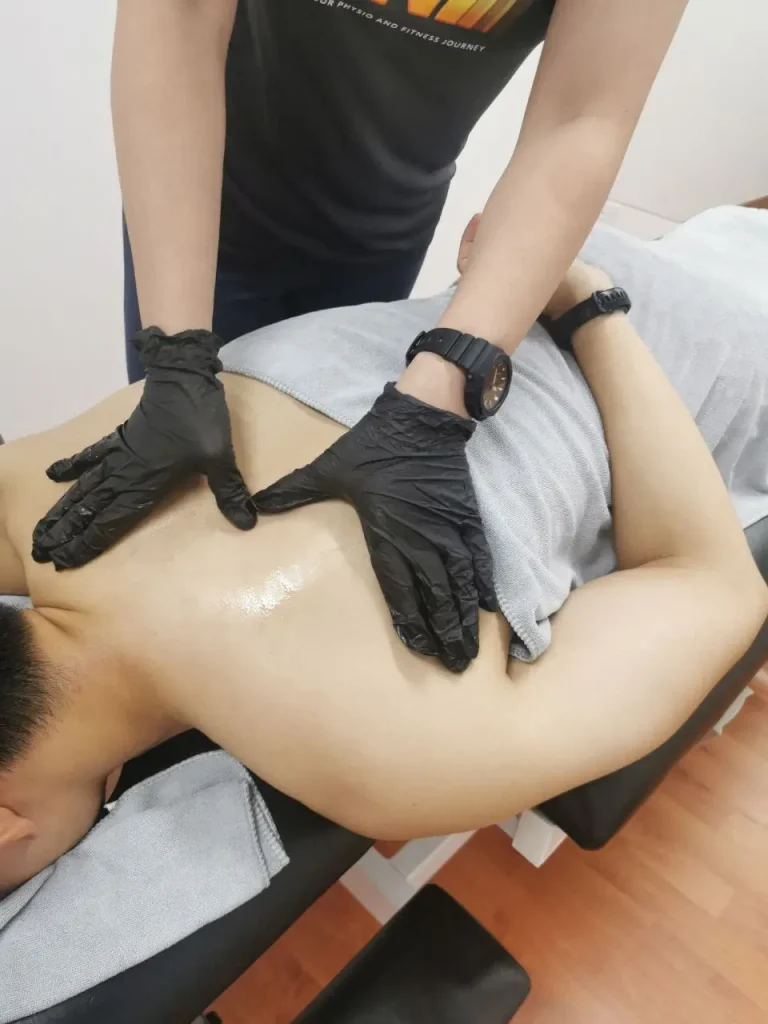
Our team uses hands-on techniques such as joint mobilization, soft tissue release, and muscle activation to reduce pain and improve shoulder mechanics. Manual therapy is particularly effective in cases involving restricted movement, muscle tightness, or joint stiffness.
3. Rehabilitation Exercise Program
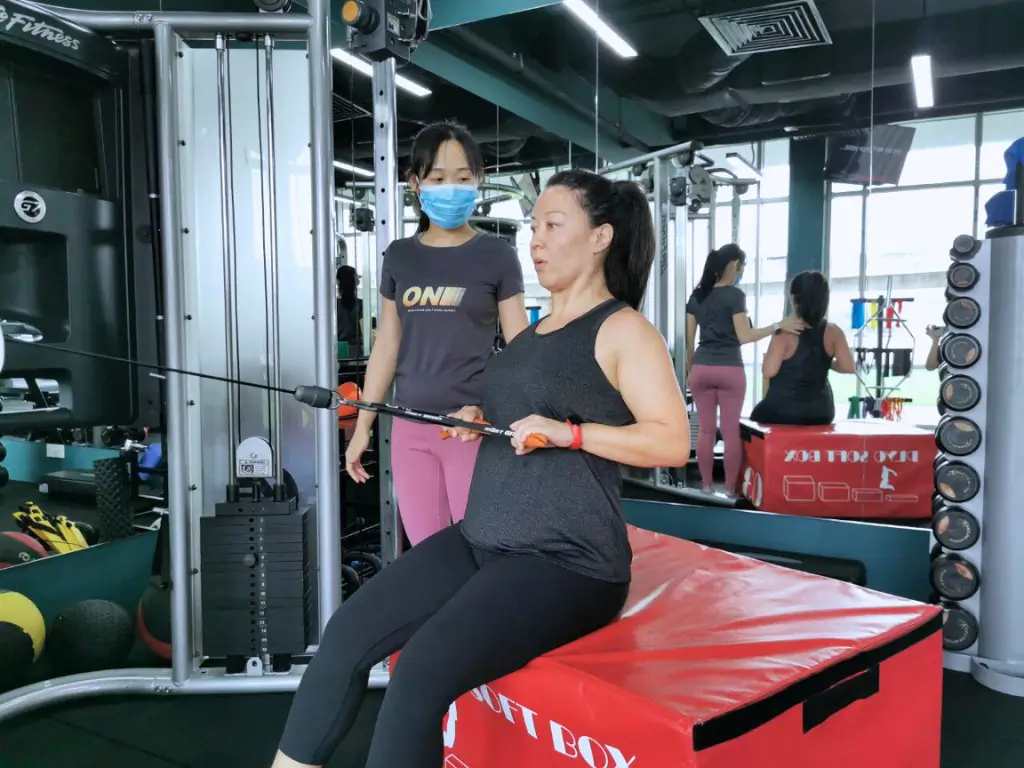
We don’t just treat you and send you home. We teach you exercises and strategies to keep improving between sessions. Active participation in your recovery is what leads to lasting results.
Our goal isn’t just to eliminate your pain. It’s to make you stronger and more resilient so the problem doesn’t come back.
We design a progressive rehabilitation plan to restore strength, control, and mobility. Exercises are tailored to target specific weaknesses or imbalances and may include scapular stability work, rotator cuff strengthening, and postural re-education.
4. Patient Education and Prevention
We provide education on modifying daily activities, improving posture, and avoiding aggravating movements. Our goal is to empower patients with the knowledge and tools to manage their condition and reduce the risk of recurrence.
Whether you’re dealing with an acute shoulder injury or long-standing discomfort, ONI Physio Fitness is committed to helping you recover safely and return to your normal activities with confidence.
When to Seek Physiotherapy for Shoulder Pain
Not all shoulder pain needs professional treatment. Sometimes rest and home care are enough. But certain signs mean it’s time to see a physiotherapist.
See a physiotherapist if you experience:
- Sudden, severe pain that doesn’t improve after a few days
- Complete inability to move your shoulder
- Obvious deformity or swelling
- Pain that persists beyond two weeks despite rest and home care
- Shoulder pain that wakes you up at night consistently
- Weakness that makes daily tasks difficult
- Pain that spreads down your arm or into your neck
Why early intervention matters:
The sooner you address shoulder pain, the faster you’ll recover. What starts as a minor issue can become chronic if ignored. We’ve seen patients who waited months before seeking help, and their recovery took much longer than it needed to.
What happens at your first appointment at ONI Physio Fitness:
We start with a thorough assessment. We’ll ask about your pain: when it started, what makes it worse, how it affects your daily life. Then we’ll test your shoulder’s movement, strength, and function.
Based on this assessment, we’ll explain what’s wrong in terms you can understand (no confusing medical jargon). Then we’ll create your treatment plan together, discussing realistic goals and timelines.
You’re not just a passive patient. You’re an active participant in your recovery. We’ll answer all your questions and make sure you feel confident about the path forward.
How to Prevent Shoulder Pain?
Once your shoulder heals, you’ll want to keep it that way. Here’s how to protect your shoulders long-term.
Daily habits that make a difference:
Start your day with gentle shoulder stretches. Even just 5 minutes while your coffee brews can prevent stiffness and maintain mobility.
Pay attention to your posture throughout the day. Set reminders on your phone if needed. Every hour, check in: Are your shoulders rounded forward? Is your head jutting out? Make corrections.
Warm up before sports or exercise. Your shoulders need time to prepare for activity. A few minutes of arm circles, shoulder rolls, and light stretching prevents injuries.
For KL office workers:
Your workspace setup is crucial. Your monitor should be at eye level, about an arm’s length away. Your chair should support your lower back, with your feet flat on the floor. Keyboard and mouse should be close enough that you’re not reaching.
Take movement breaks every 30 to 60 minutes. Stand up, walk around, stretch your chest and shoulders. Working from home in Mont Kiara? Set a timer so you don’t lose track of time.
Consider a standing desk or desk converter. Alternating between sitting and standing throughout the day reduces shoulder and neck strain.
Strength training wisdom:
Balance is everything. Don’t just train the muscles you can see (chest, front shoulders). Focus equally on your back and rotator cuff muscles.
Progress gradually with weights. Adding too much too soon is a common cause of shoulder injuries we see at our center.
If something doesn’t feel right during a workout, stop. Pain is not gain when it comes to shoulders.
When to schedule check-ups:
Even if you feel fine, consider an annual assessment if you:
- Work at a desk full-time
- Play sports regularly
- Have a history of shoulder problems
- Are over 40 (shoulder issues become more common)
Think of it like a dental check-up. Prevention is easier than treatment.
Book Your Shoulder Physiotherapy Today
We’ve covered a lot, so let’s recap the five most common causes of shoulder pain:
- Frozen shoulder – gradual stiffness that limits movement
- Rotator cuff injuries – tears or strains in the shoulder muscles
- Shoulder impingement – pinching of tendons during movement
- Shoulder bursitis – inflammation of the cushioning sacs
- Poor posture and muscle imbalances – often from desk work and tech use
No matter which one is affecting you, the right physiotherapy approach can make all the difference.
At ONI Physio Fitness in Mont Kiara, we combine hands-on treatment with active exercises to give you lasting results. We don’t just want your pain to go away. We want you to move better, feel stronger, and stay active doing what you love.
Your shoulder pain doesn’t have to be your new normal. With the right treatment and commitment to your exercises, you can recover fully.
Contact ONI Physio Fitness Mont Kiara to schedule your appointment and take the first step toward pain-free shoulders.

